By Dinouk Colombage
As the countdown continues to the end of the temporary pause announced on the tariffs imposed by the Donald Trump administration on several dozen countries, attention in Sri Lanka has been on the actions being taken to negotiate a downgrade of the initially imposed 44% rate.
Amidst this discussion is the additional scrutiny placed on the Government’s economic and foreign policies, and the measures deployed by the National People’s Power (NPP) administration in softening the blow on the local economy.
In mid-April a Government delegation from Sri Lanka was in Washington on a dual-purpose visit. Alongside attending the annual International Monetary Fund (IMF) and World Bank Spring Meetings, the delegation also held discussions with US Trade Representative Ambassador Jamieson Greer.
While President Anura Kumara Dissanayake was quick to announce that a ‘joint statement’ from both Sri Lanka and the US would be forthcoming outlining the successful talks, no such document emerged. Instead, the Government produced its own communiqué which simply stated that Sri Lanka’s proposals to reduce the tariffs imposed on the US’s exports had been handed over to Greer.
Seeking out alternative avenues
While the Government, along with the rest of the country, awaits the US response to these proposals, the time is ripe to take stock of what, if any, other avenues have or should have been pursued by Sri Lanka.
When US President Trump imposed what he described as “reciprocal tariffs” on countries all over the world, it was done with the aim of countering the growing economic influence of China.
Speaking during the now infamously dubbed ‘Liberation Day’ announcement, Trump outlined what he perceived as China’s attempts to “screw” the US via deepening economic ties with Southeast Asian countries such as Vietnam.
Regarding Sri Lanka, it would be naïve to imagine that the same thought does not hold firm back in Washington. The country has been continually under international scrutiny with allegations of China engaging in economic coercion through Chinese-funded infrastructure development projects.
As such, it would appear unlikely that the US would simply be willing to reduce the newly imposed tariffs on Sri Lanka’s exports to the US in return for a reduction in tariffs on US exports.
Trump is a businessman first and foremost; however, dissimilar to his first term in office, on this occasion he has demonstrated an increased political acumen coupled with a more focused agenda.
The idea that he is only looking for a ‘deal’ holds little weight. Back in 2017-2021, Trump commenced a trade war with China. In his second term, the US President has set about rebuilding his country’s economy, which he claims has been disrupted by China’s alleged exploitation of US trade.
Like many other countries, Sri Lanka now finds itself in the middle of an explosive trade war between the world’s two largest economies. Securing a deal with the US will most certainly result in China expecting similar concessions from Sri Lanka. Recognising that a balancing act of the two superpowers is required, questions have been raised over what has been proposed to the US and why Sri Lanka has not sought out alternatives to the potential disruption in trade with America.
Reports emerged in the media this past week that Sri Lanka had proposed an increase in its purchasing of energy products such as Liquefied Natural Gas (LNG) and other petroleum products, as well as vehicles.
Speaking to the media this week, Deputy Minister of Finance and Planning Harshana Suriyapperuma confirmed a range of proposals had been handed over, including those related to energy purchasing.
Whether this will be accepted by the US remains to be seen. However, the suitability of these proposals has been questioned, with commentators pointing out that vehicles made in the US are in fact left-hand drive, which will certainly cause issues on Sri Lankan roads.
Similarly, increased concessions for US energy products will no doubt raise eyebrows in India, which has found its own energy companies pushed out of the Sri Lankan market by the NPP Government.
Previous roadmaps
It is with this backdrop that the Government has come under scrutiny for its handling of the tariff issue. While the Sri Lankan delegation had met the US Trade Representative, it has been widely accepted that the decisions regarding the tariffs are being made from the White House and not the Office of the United States Trade Representative.
In fact, in April during a House Committee hearing, Greer was caught unawares about the abrupt 90-day pause initiated by Trump in relation to the global tariffs. This announcement emanated from the White House in the middle of his questioning by the House Committee. Countries such as India and Japan have in fact bypassed Greer and initiated discussions with either US Vice President J.D. Vance or Treasury Secretary Scott Bessent.
This past week, former President Ranil Wickremesinghe questioned why the Government did not approach India and request assistance in securing a meeting with Vance on the sidelines of his visit to New Delhi. Securing the support of intermediaries such as India and Japan were one of the hallmarks of Sri Lanka’s successful debt restructuring talks back in 2022-’24.
While Sri Lanka exported more than $ 2.9 billion to the US in 2024, 64% of the products were apparel and clothing accessories. As the global garment industry continues its shift towards larger countries such as Vietnam and Bangladesh, Sri Lanka finds itself facing a shrinking space. This means that an overhaul of the country’s export industry is required, both in terms of entering new market spaces while also diversifying our exports.
In 2002 under the United National Party (UNP)-led Government, a policy document was introduced entitled ‘Regaining Sri Lanka: Vision and Strategy for Accelerated Development.’ Targeting a 10% Gross Domestic Product (GDP) growth rate for the country was central to this policy, with expanding the country’s exports being a key strategic pillar behind this goal.
It had been highlighted that to achieve this, Sri Lanka would have to “develop and implement bilateral and regional free trade agreements that offer improved market access for Sri Lankan exports”. Within a year of publishing this vision document, the UNP was ousted from government, resulting in this strategy being shelved. Returning in 2015, the UNP-led Government attempted once again to expand the country’s export industry.
Under the banner of the National Export Strategy, the Government attempted to “empower the emergence of new champions beyond the traditional export industries of apparel, tea, gems, and rubber”. The purpose of the diversification was to reverse the apparent decline in export earnings as a share of GDP.
Once again within a year of undertaking this strategy, the UNP was ousted and replaced with an administration that favoured a protectionist approach to its traditional industries.
With UNP polices back at the helm in 2022, an aggressive diversification of the country’s export industries was undertaken with a greater emphasis placed on the renewable energy sector. The proposed grid connectivity with India would allow Sri Lanka to sell excess renewable energy to southern India.
Growing pressure
For the country to rebuild an export industry that is no longer overly reliant on the US or traditional industries such as garment manufacturing, two separate roadmaps are at its disposal. Unfortunately, the current NPP Government appears disinterested in undertaking bold new approaches with regard to the economy.
Since the arrival of the new Government, the development of the renewable energy sector is no longer a priority. In fact, recent tariff adjustments have meant that the industry no longer considers expansion financially viable.
Last month saw Indian Prime Minister Narendra Modi undertake a bilateral visit to Sri Lanka. Unfortunately, amidst the various Memoranda of Understanding (MOUs) signed, discussions around the Economic and Technology Cooperation Agreement (ETCA) were conspicuously absent.
With the agreement within touching distance of being completed, allowing access for Sri Lankan companies to one of the largest markets in the world, it is baffling that the current Government has not made this a priority.
As the Trump tariffs take hold around the world, economies such as the European Union (EU) have been scrambling to increase their market share in India. As the EU prepares to reduce its economic reliance on the US, efforts are being ramped up to secure a trade deal with India.
Similarly, other countries such as the UK are also attempting to finalise their own trade deal with India. It is certainly confusing as to why Sri Lanka, which has a head start on other countries, has chosen to delay finalising negotiations with the country’s largest neighbour.
With 65 days remaining in the pause on the Trump tariffs, the pressure is building on the Sri Lankan Government to either secure a deal with the US that will not throw off balance the country’s trade relations with other trading partners or enable access to new markets via a diversified export industry.
*The writer served as Director of International Affairs to former President Ranil Wickremesinghe from 2022-2024 at the Presidential Secretariat. The article was originally published in the Sunday Morning.
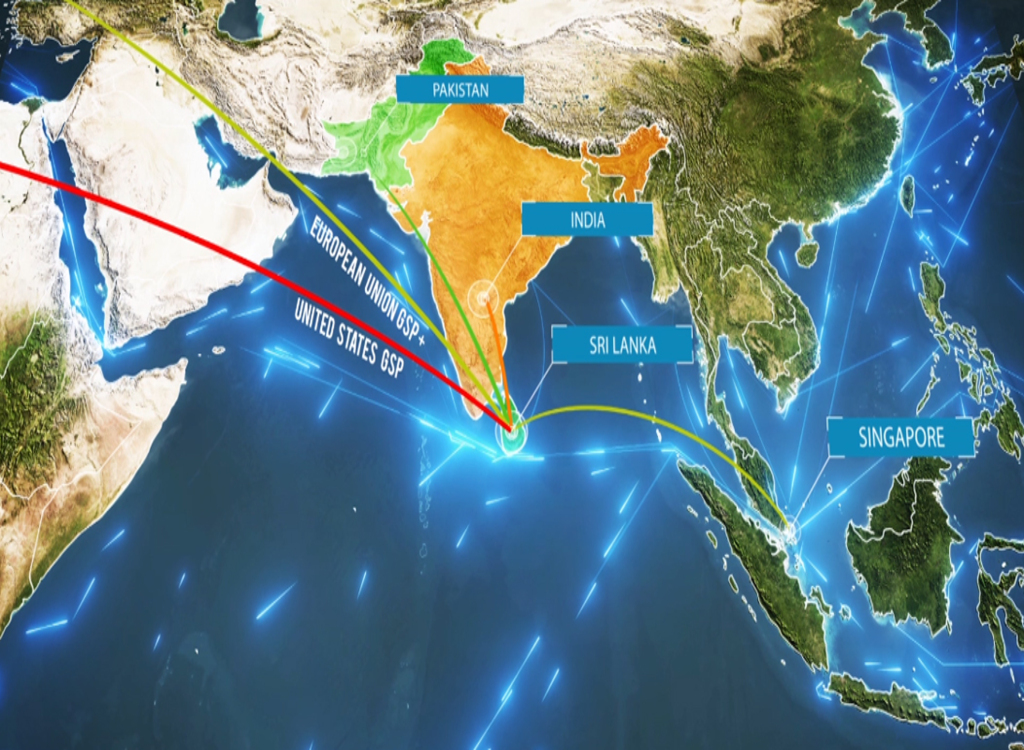
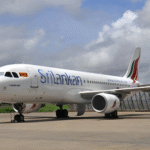


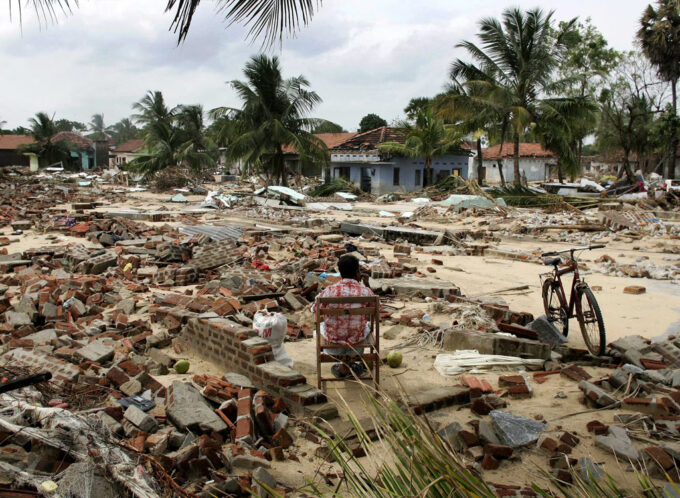
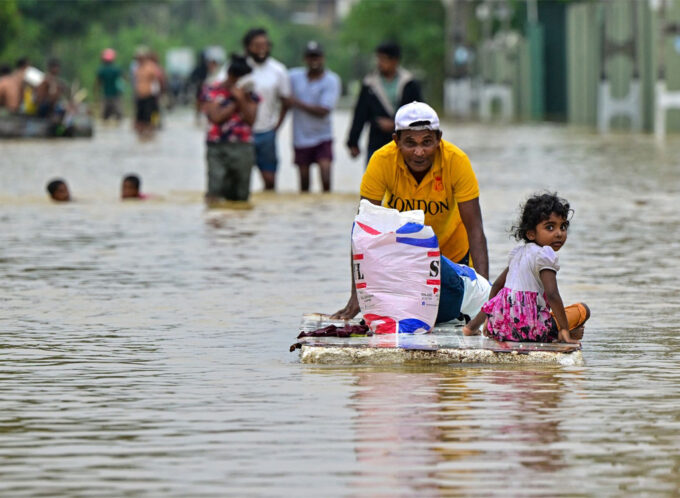




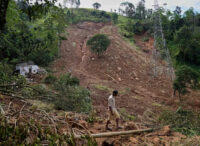
Leave a comment